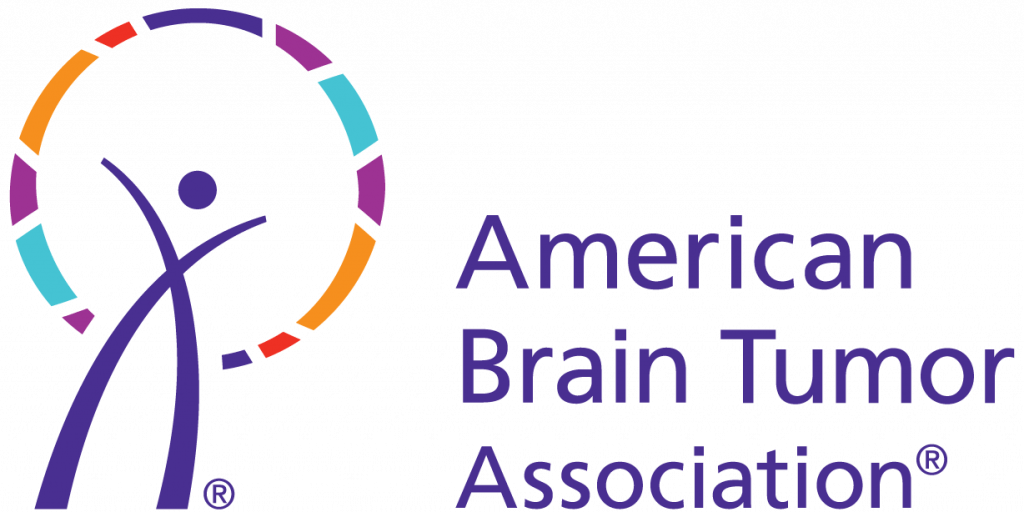- Neurofibromatosis type 1: Also called NF-1 or Von Recklinghausen’s disease.
- Neurofibromatosis type 2: Also known as NF-2.
Location
Tumor location depends on the type of neurofibromatosis present.
NF-1 can cause neurofibromas to appear throughout the body. These tumors often are visible underneath the skin. It can also cause skin discolorations called “café-au-lait” spots, as well as freckles in the armpits and groin.
Other nervous system tumors can be associated with NF-1; these occur in approximately 10% of patients and include optic pathway gliomas (usually pilocytic astrocytoma), cerebral hemisphere, posterior fossa (brain stem and cerebellum), and low-grade astrocytomas in the spinal cord.
NF-2 Nervous system tumors associated with this type may include tumors of the hearing nerve (acoustic neuromas or vestibular Schwannoma), typically on both sides, meningiomas, schwannomas or the spinal root of nerves, and ependymomas (spinal cord or brain).
Symptoms
Treatment
Incidence
NF-1 is the more common form of neurofibroma, appearing in one of every 3,000 or 4,000 people worldwide.
NF-2 is a little more rare, occurring in one of every 35,000-40,000.
Additional Resources
Content last reviewed:
May 2018




